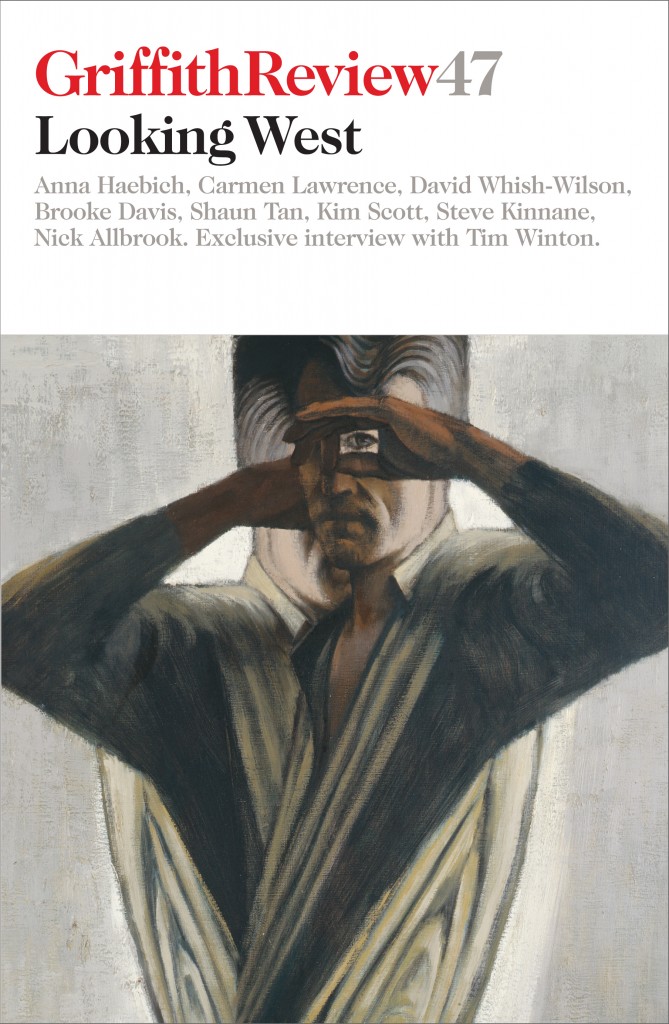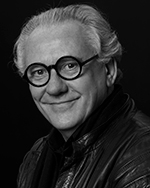THE TYRANNY OF myopia continues to skew the chronicle of Australian art history. According to Edmund Capon in his ABC series The Art of Australia, and the interpretation of contemporary art practice in Melbourne and Sydney in Hannah Gadsby’s OZ, art ends at the 129th meridian. Excuses of distance and expense can no longer justify this carelessness. Capon included one artist from Western Australia, Rover Thomas, but Gadsby failed to acknowledge any creative activity in the state. While extremely disappointing, this conception of the cultural life of Australia isn’t new: there is an embarrassingly large number of books and curated exhibitions produced over the past century that have egregiously used the prefix ‘Australian’ to describe some aspect of visual art practice on this continent yet exclude any reference to Western Australian artists, galleries or institutions. Retrospectively, curators and critics have often acknowledged they were remiss in omitting artists, events or works held in public collections in Western Australia from their ‘national’ surveys. Unfortunately, the recorded history is what remains and private apologies do not impact on the next generation of critics, curators or art historians who regularly replicate these oversights.
It’s not surprising, then, that many locally based artists look at their world through a different prism. Living out west encourages them to work globally and think expansively – they are influenced by geography, but not constrained by it. Their horizon is Berlin or Finland, New York or LA. Many of us left for the lure of swinging London in the’60s and ’70s; the Triffids were huge in the ’80s in the UK and Scandinavia; and, currently, locally based artists like Oron Catts and Jacobus Capone are working and exhibiting in Berlin and Helsinki, New York and everywhere else. For them, art isn’t over there, it’s where you are as an artist – and on the western edge of the continent there is a great deal to get the juices flowing. Along with a raised digit, a give-it-a-go mentality and a dose of fierce optimism, there is also a sense of urgency spawned by dislocation and invisibility that ignites these artists and propels their creative responses to their surroundings, their experiences and their situation.

Already a subscriber? Sign in here
If you are an educator or student wishing to access content for study purposes please contact us at griffithreview@griffith.edu.au





